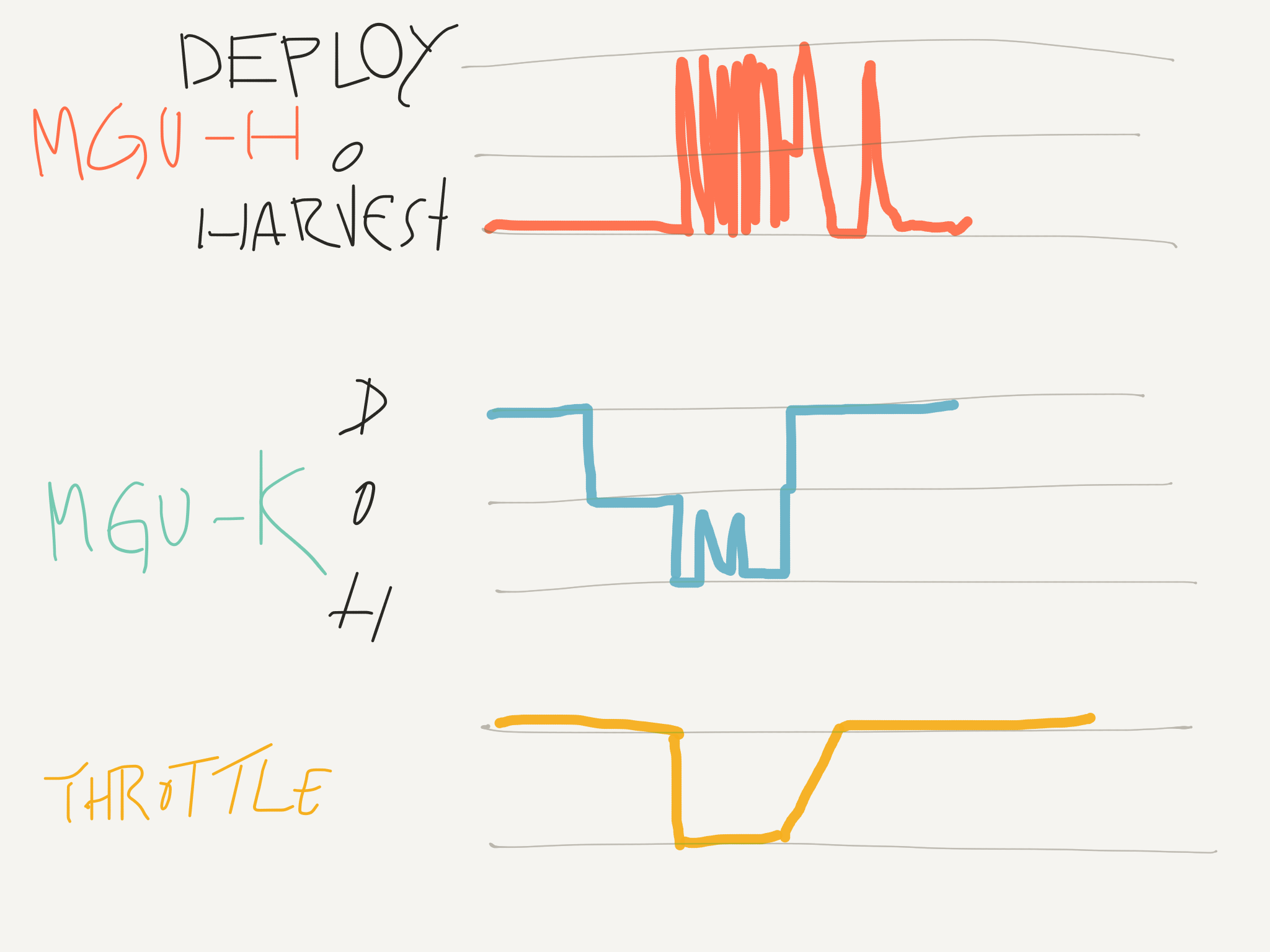Mudflap wrote: ↑21 Mar 2018, 00:06
"Structure of Pneumatic Valve Return System has been simplified and reduced in size, contributing to lower cog"
This statement does not tie up with an earlier translated article which claimed that Honda use valvesprings.
Not sure which one but perhaps "the earlier one" was wrong translation or fake or something.
Mudflap wrote: ↑21 Mar 2018, 00:06
"Channel blow-by gas here (to the sub tank above plenum chamber). It has some degree of swirl structure/function inside. The key is how well you separate oil from air and let scavenge pump suck oil only."
Maybe a translation error ? The scavenge pump will always pull blowby and oil out of the crankcase. Do you mean oil pump instead ?
That's exactly what the original text says, no room for subtle nuance or translation error. Well yeah it's not strictly precise but roughly accurate, how about this: let scavenge pump return all the oil to oil tank, let scavenge pump return air back to inlet, or combine both, etc. Actually mentioning scavenge pump is not really necessary for this particular explanation, but it's in face to face colloquial and improvised conversation/exchange, so, and you get the picture anyway dont you.
Mudflap wrote: ↑21 Mar 2018, 00:06
It is interesting that they offer yet another explanation for MGUH bearing failures. Can't decide if it is plausible or not.
Yet another? Perhaps you (plural and general) have been given false info. There has been only sole explanation from the very beginning - MGU-H bearing burn/stuck due to blown back mist that cause MGU-H failure (breaking MGU-H itself, breaking turbo, failing its cooling system like leaking its coolant water, etc etc as a consequence), that's what Hasegawa had been explaining ever since Bahrain for Japanese press and I dont know and never heard any other explanations. When it comes to Honda there are so many false, fake and hoax stuffs somehow, so.
They had MGU-H issue since like Bahrain and that was the issue that kept plaguing them throughout the year albeit they improved on it gradually.
2017 MGU-H failures offhand:
Bahrain - 4? units fail
Monaco
Canada
Austria
USA
(perhaps more. Spa issue was ICE, Monza was MGU-K, one or two others were gearbox btw.)
Ever since Bahrain Hasegawa had been explaining the same thing - mgu-h's bearing burn/stuck due to blown mist to compressor entering mgu-h -, and repeatedly adding more and more info bits as they encountered the issue and learned more.
To roughly summarize: They brought countermeasures almost every race, like toughening bearing and shaft in whatever way, thickening bearing, revising MGU-H cooling in many ways, revising oil system as well as separator tank. Why oil system, because the unconventional oil tank shape due to the compressor moved out of V is part of this problem too, at first the oil didn't circulate well so they increased the absolute amount of oil as well as of course revising its baffles and config as countermeasure. Then this increased oil started to do bad things to MGU-H. It didnt occur on dyno, of course they have dynamic dyno but conditions like G-load and numbers and degree of bumps that affect oil circulation vary widely depending on track and cannot be fully replicated on dyno. As you can see, it's like chain reaction and they had to spend almost whole season addressing it in symptomatic treatment style.
That's what it was about this MGU-H in 2017.
PlatinumZealot wrote: ↑21 Mar 2018, 02:29
The translation of the japanese article pretty much explains it. When in extra harvest mode the MGUH is alternately charging and discharging in 20Hz to 40Hz intervals.
For example: The mguk motors the mguh on the "uptick" the cycle (this may or may not add energy to help turn the compressor).
Then the remaining
extra inertia of the mugh goes into charging the energy store on the "down tick" of the cycle.
This happens twenty times to forty times a second.
yeah, so telemetry looks like this
- excuse me for poor diagram, but still it's roughly accurate
- MGU-H up/down frequency is much more intense than this, leaving no blank space
- MGU-K's spike is downshift, it's not wide=long like this actually, just an instant
- MGU-K goes to 0 before throttle is lifted. That's about running out of deployment
- not that all the brakings looks the same

By the way, about the pop-off valve, first versions it was positioned to channel the hot compressed air back to inlet which is this demonstration PU in pictures, but later version was changed to channel the cooled air after intercooler back to inlet. I forgot to add this, maybe i'll add to the original post later.



